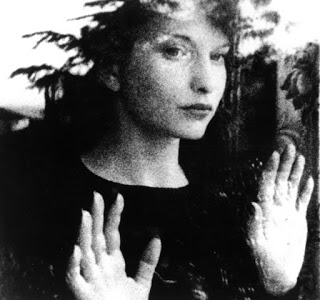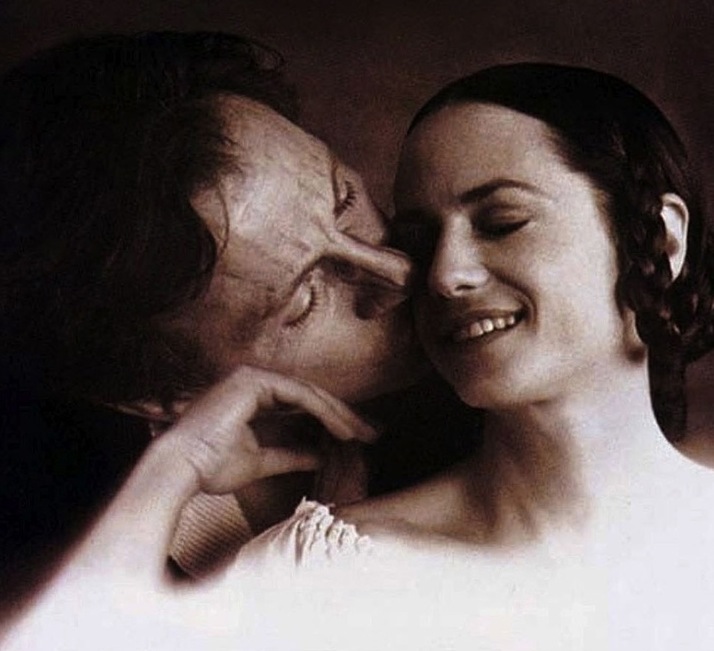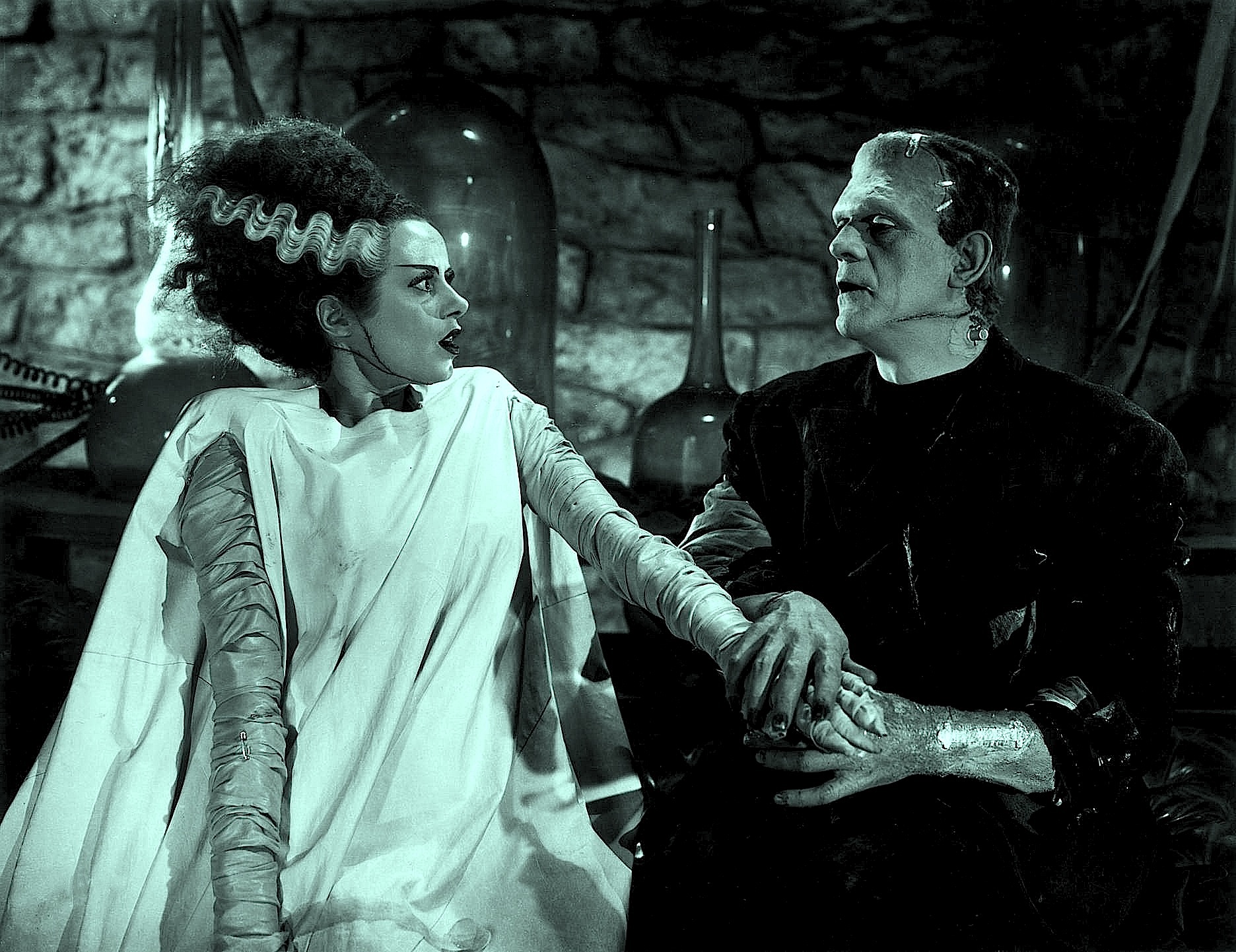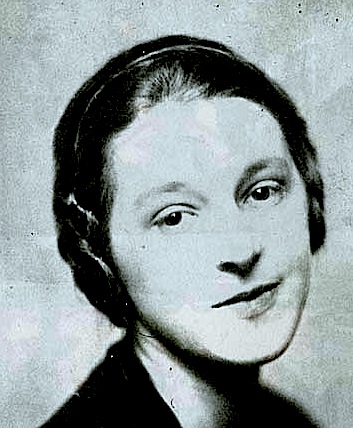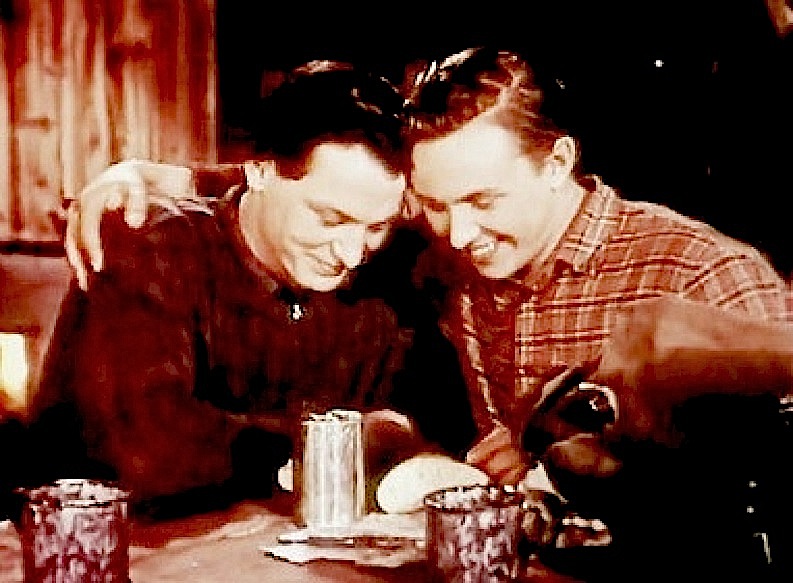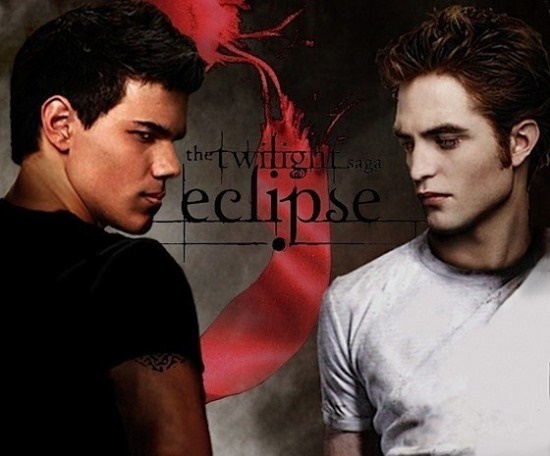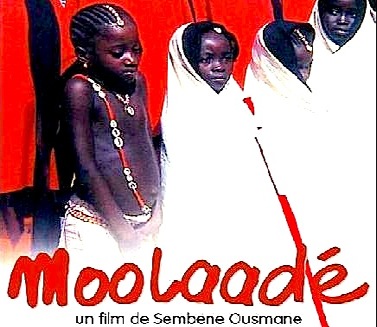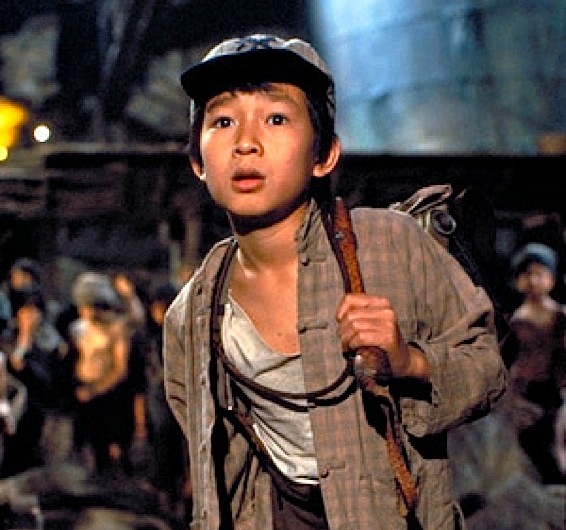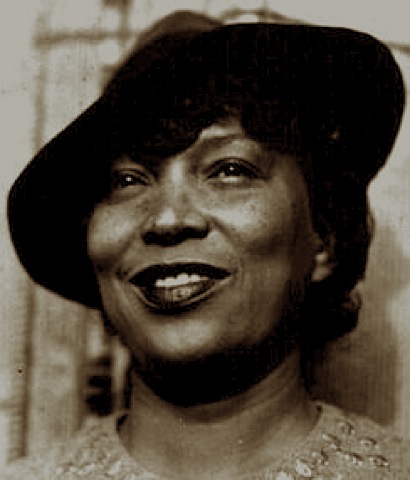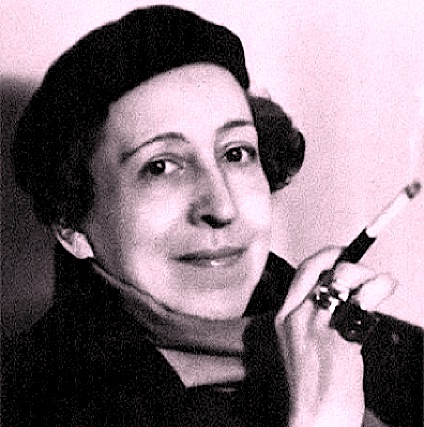Nollywood, the Nigerian film industry, has overtaken Hollywood in terms of its volume of output, and is now second only to Bollywood. What were once dismissed as stilted, static, and amateurish films made on home video, have now developed into their own distinctive visual style and genres, which are popular and influential across Africa and the African diaspora worldwide. One of the visionaries who helped to shape the Nollywood phenomenon, Amaka Igwe ran her own production company and owned a radio station, as well as writing and directing films such as Rattle Snake and Violated, and their sequels, having debuted as writer and producer of the award-winning TV soap Checkmate. Her work with Amaka Igwe Studios is credited with raising standards in the Nollywood industry as a whole. Using the Igbo language, Igwe’s films were aimed squarely at a national audience, allowing people to see their own everyday lives and conflicts mirrored in her works.
Tope Oshin Ogun
“My films, I mean the ones that are my personal projects, have serious themes and deal with the situations and problems in our society today. I am not all for entertainment for entertainment’s sake” – Tope Oshin Ogun
Now the CEO of Sunbow Productions Ltd., the actress Tope Oshin Ogun credits Amaka Igwe for getting her into directing and inspiring her to think that she could take a broader control of her films. Igwe noticed that Ogun was asking intelligent questions about all aspects of production and told her that she had a director’s brain. Amaka Igwe’s legacy thus continues in the films of Tope Oshin Ogun, demonstrating the importance of mentoring and precedent between women in the industry. After she decided to take this direction, a number of the directors that she had worked with as an actress allowed her to intern for them, watching them at work while she prepared to make the transition herself. Ogun began by directing many episodes of the television soap opera Tinsel, which is popular across Africa. Tope Oshin Ogun’s feature film Journey to Self chronicles the bonding journey of four women, tackling personal details and reaching self-realization. Filmed from a female perspective, the four women leads are staying at the home of a deceased friend and reading her insightful letters, triggering their own journeys of self-discovery. An intense story of female friendship, empowerment, sacrifice, and self-respect, Journey to Self illustrates Tope Oshin Ogun’s commitment to telling women’s stories that have meaning for her audience.
[youtube_sc url=”https://www.youtube.com/watch?v=PPjJq3Xb7yw”]
Sandra Mbanefo Obiago
“I’m concerned about the fact that we download a lot about ourselves yet upload very little into mainstream media, no matter which media we are talking about”, – Sandra Mbanefo Obiago
Concerned about African women’s authorship of their own image, Sandra Mbanefo Obiago founded Communicating for Change (CFC) in 1998 with the mission of becoming a content provider for positive films documenting social challenges in ways that have a strong human interest and creative angle to engage the viewer. She points to Hollywood films like Blood Diamond with its diamond trafficking storyline, as having greater global impact in raising awareness than dry documentaries, while the popular South African series Soul City was able to reach more viewers with carefully researched HIV/AIDS storylines than the “awareness” films of NGOs. Recently, Obiago has taken her long-standing interest in visual art to found African Art Spectrum, and believes that closer collaboration between Nigeria’s writers, musicians, visual artists, photographers and filmmakers will be key to developing the artistic level of Nollywood film. In For Love of Indigo, Obiago celebrates the traditional Yoruba indigo textile artform of adire, through the figure of the internationally famed artist Nike Okundaye. Nike’s life story begins with hardships faced by many rural women, before rising to an extraordinary level of both individual success and generosity in giving back to the community. Among the many women that she mentored in adire were Nigerian emigrants to Italy, who had fallen into the sex industry from a lack of other money-making options, and who were able to use the craft as an alternative source of income.
[youtube_sc url=”https://www.youtube.com/watch?v=TOSFgnTCP60″]
Watch Sandra Mbanefo Obiago’s films on culture unplugged.
Remi Vaughan-Richards
“The rest of the world documents… why do you think we have museums everywhere in the world? Because it’s important” – Remi Vaughan-Richards
Remi Vaughan-Richards is the Creative Director of Singing Tree Films, “a hub of creative minds with a mission to entertain, inform and educate using behavior change communication methods.” Based in Nigeria, the company provides content for diverse clients, including the BBC World Service Trust’s Nigeria branch, Sandra Mbanefo Obiago’s Communicating for Change and Ondo State Government. She is interested in defining Nigerian modernity that is rooted in history, and reimagines issues in a new light, integrating her Western training with her Nigerian culture. For examples, in Scent of the Street, a documentary exploring “area girls” from rougher neighbourhoods or “areas” of the capital city Lagos, the subjects Bisayo, Onyinye and Gift are given space to speak for themselves and define their own ambitions. Though she currently lives off dates, Onyinye is clear about her family loyalties and sense of responsibility as a provider for younger siblings, as well as ambition as a model and fashion designer. Bisayo’s role as “Area Mother” is highlighted for the diplomatic and leadership qualities that her hustle requires. Gift’s more modest ambitions for her own market stall, and for safety walking home at night, accepting the protection of her “fine” boyfriend, are equally honored. Scent of the Street reclaims the role of women in hustling street life from an ornamental role on the margins, to put it center stage. Finally, a partnership with Obiago’s Communicating for Change allowed all three of the documentary’s subjects to enroll in life skill classes, to help transform their outlook and the opportunities available to them.
[youtube_sc url=”https://www.youtube.com/watch?v=wDFREhX9ZEU”]
Watch Scent of the Street on vimeo.
Michelle Bello
“I love romantic comedies, you know, I’m a romantic at heart, so I was just like, ‘this will be fun to do’ “ – Michelle Bello
A film director and producer, Michelle Bello is the CEO of Nigerian-based film company Blu Star Entertainment Ltd.. After studying communications at the American University in Washington D.C., Bello made her first 16mm short, Sheltered, during a study-abroad program in Prague. After graduation she moved home to Nigeria, becoming an Associate Producer on Mo Abudu’s hit MNet TV Show Moments with Mo, then produced the award-winning music video for T.Y. Bello’s “Greenland.” In 2008, she completed her first feature film, Small Boy, which was nominated for two awards at the Los Angeles American Black Film Festival and won two African Movie Academy Awards in 2009 for its art direction and child star. A film about a young boy living on the streets of Lagos after fleeing abuse at home, it offered a true-to-life portrait of a child in crisis. In a complete change of tone, her next feature, 2013’s Flower Girl, was an escapist romantic comedy in which a shy florist teams up with a movie star to press her long-term boyfriend into proposing. As Africa can be stereotyped as a crisis zone or exotic backdrop, it is important to see films like Bello’s that celebrate universal human aspirations to love and laughter. Flower Girl became a number one box office hit in Nigeria and Ghana, before receiving a limited U.K. theatrical release, making Bello the first female director to have an international cinematic release, a core part of a new wave of Nollywood directors that are furthering the industry as global players. Together with the other women on this list, Michelle Bello seems to promise a strong female voice in African cinema going forward.
[youtube_sc url=”https://www.youtube.com/watch?v=QhCw5XjmbZc”]
Brigit McCone believes globalization ought to flow both ways. She writes and directs short films and radio dramas. Her hobbies include doodling and researching overlooked female artists.


